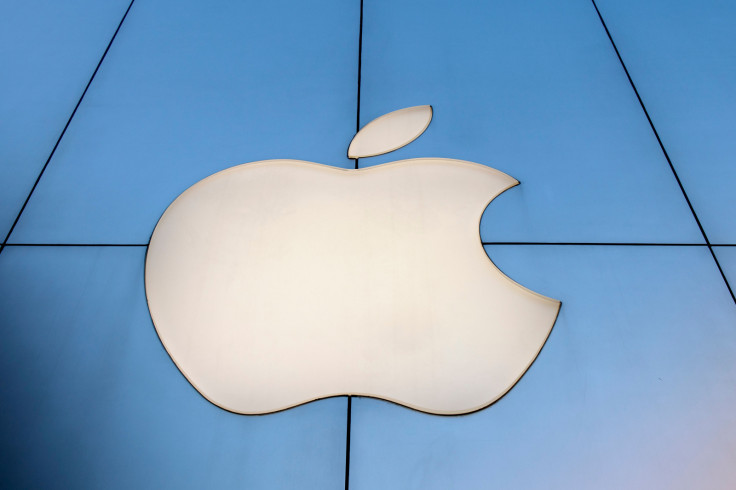Apple reveals MacBook touchscreen keyboard design in patent application
The company had previously experimented with a touch bar on its MacBook Pro.
Apple, it seems enthused by the touchscreen keyboard concept, even though i'ts last halfway attempts at a touchscreen keyboard, the MacBook Pro with a touch bar, failed miserably.
However, the company has changed its approach to the touchscreen concept, according to a new patent. Instead of replicating smartphone-style touchscreen on its laptops, the company is working on a touchscreen keyboard, with the feel of a real one, according to its patent application, which was discovered on Thursday by Patently Apple.
It is a paradigm similar to the home button on the new iPhones, which is not mechanical, yet retains the feel of a click using a haptic motor. According to the patent, it may use a slew of such haptic motors on future MacBooks.
Creating a single button with a haptic motor may be a much easier task, compared to replicating the whole keyboard with multiple haptic motors. Most importantly, PC users have a habit of typing relying mostly on how adapted their fingers are to physical keyboards. One of the fears about touchscreen keyboards is that users may not have a similar feel and hence may be uncomfortable. Most importantly, high touch sensitivity may lead to mistyping.
The patent application shows that Apple wants to do this using a mix of haptic motors and electrostatic charge.
"A vibration actuator may be configured to provide haptic feedback when an input is received via a virtual keyboard presented on a touch display," it reads. Feedback for such components may enhance user experience. This, in turn, may simulate physical responses users have come to expect from traditionally three-dimensional and mechanical apparatuses. These apparatuses have been contemporaneously implemented using non-traditional mechanisms, such as flat surfaces that do not use moving parts.
"Some electronic devices may provide feedback or other output using electrostatics. Electrostatics may use an electrical field to attract and/or repel conductive objects, such as a user's finger. Changing the normal force between a surface and a conductive object directly affects the friction between the two, and the resulting forces may be perceived as texture when the object moves," the patent states.
Simply put, an electrostatic charge will make it feel as if the touch keys are concave and not flat. This will let the user's fingers distinguish between them in a better manner. In addition to this, 3D graphics will make the keyboard more realistic. However, the look of the keyboard will be affected by many factors, including the viewing angles and ambient lighting, which do not affect physical keyboards.
The patent images show the keyboard on an iPad-like device, which indicates that the company may introduce the technology on its tablets, before providing a full-fledged version on MacBooks.
This is just a patent application, though. From filing to registration to a real-world application takes a lot of time. So don't expect anything of this sort to make it to the shelves soon.

© Copyright IBTimes 2025. All rights reserved.





















